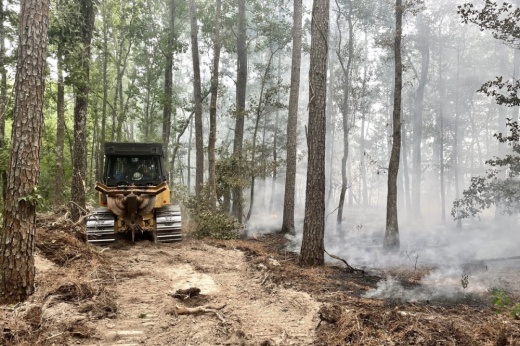Local officials recently issued bans on outdoor burning in Travis, Williamson, Guadalupe, Comal, Hays, Tarrant, Denton and Galveston counties; in total, 143 of Texas’ 254 counties are under burn bans.
What you need to know
Nine out of 10 wildfires are preventable and caused by people, according to the Texas A&M Forest Service. During the summer, wildfires are often caused by burning debris and using equipment that can cause sparks.
“With the recent uptick in wildfire activity, [the] Texas A&M Forest Service has mobilized additional personnel and equipment to assist with response,” TFS Fire Chief Wes Moorehead said in a news release. “State and local firefighters are prepared to respond quickly, but we need Texans to be careful and prevent wildfire ignitions while conditions remain hot and dry.”
The high risk for wildfires will continue through the first week of August, the forest service reported.
Staying safe
“Every year, Texans eagerly await the summer months when they can enjoy their favorite outdoor activities like camping, boating or grilling,” TFS Prevention Program Coordinator Karen Stafford said in the news release. “Unfortunately, these activities can also spark an unintended wildfire.”
To prevent accidental wildfires, officials encourage Texans to:
- Park in designated spaces and avoid driving on dry grass as the heat from a vehicle can ignite grass.
- Make sure chains are properly connected when pulling trailers as chains dragging on the road can create sparks.
- Keep campfires small, and never leave them unattended.
- Extinguish campfires by drowning them with water, stirring them with a shovel and ensuring they are not hot to the touch.
- Call local authorities about suspicious activity, potential arson and active wildfires.
- Pay attention to local burn bans and restrictions.
Burn bans vary by county. Visit the following county websites for more information about local conditions.





